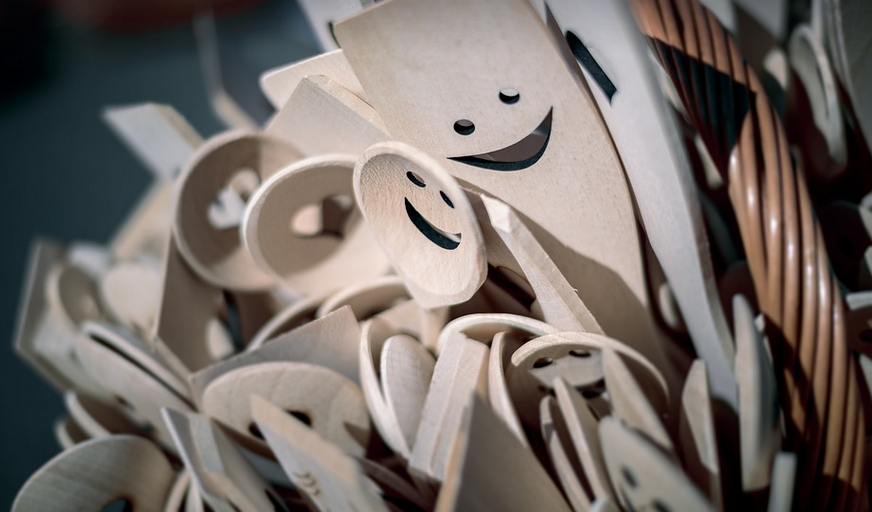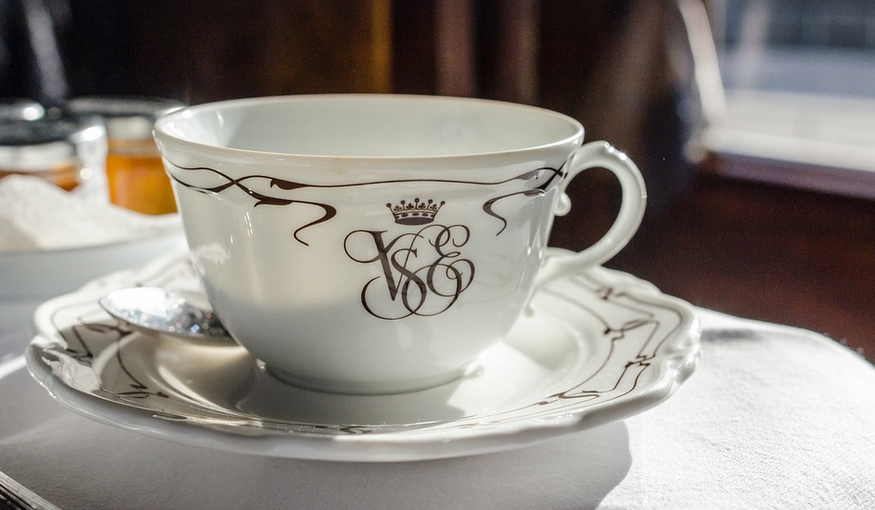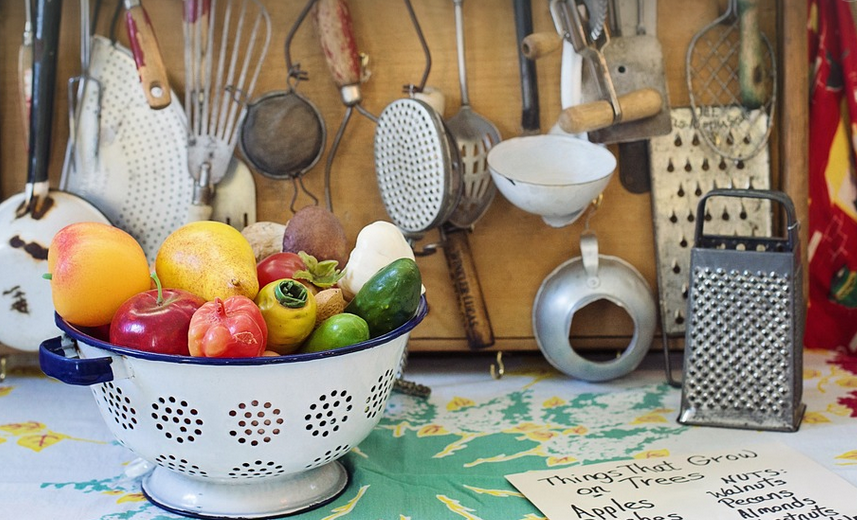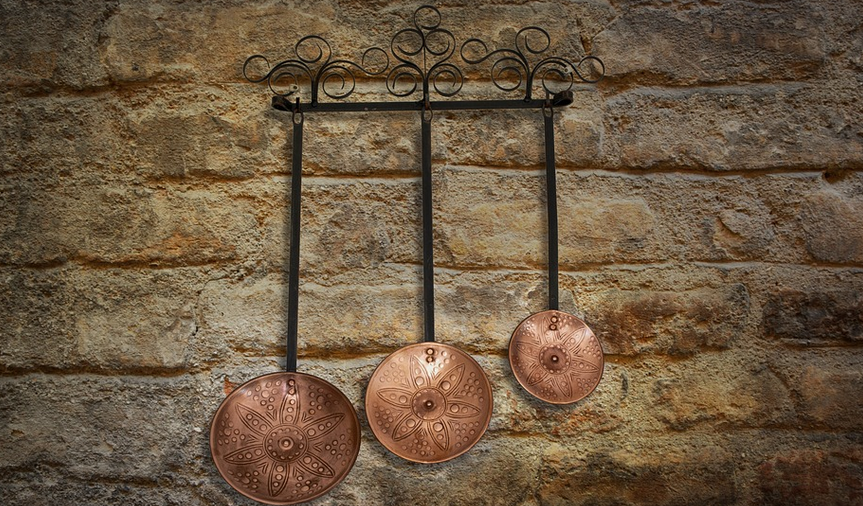How Long Do Aquarium Shrimp Live

In this article, we’ll dive deep into the fascinating world of aquarium shrimp lifespan, exploring their average longevity, potential extensions, and key considerations for extending their lives.
### Understanding the Basics: What Determines a Shrimp’s Lifespan? Before we delve into specific figures and factors influencing lifespan, let’s first understand the basic principles behind how long shrimp live in captivity. A shrimp’s lifespan is determined by a combination of internal and external factors that affect its overall health and well-being.
**Internal Factors:**
- **Genetics:** Just like humans, individual shrimp have varying genetic predispositions. Some shrimp may be naturally inclined toward longevity due to specific gene combinations, but this can also influence their vulnerability to diseases and environmental stresses.
- **Health and Immune System:** The health of a shrimp plays a critical role in its lifespan. A strong immune system is essential for warding off infections and parasites that can shorten lifespan. A healthy diet, regular water changes, and proper tank setup contribute significantly to the development of a robust immune system.
- **Hormonal Balance:** Hormones play a crucial role in regulating growth, reproduction, and overall health in shrimp. Hormonal imbalances can disrupt their natural rhythms, potentially leading to shortened lifespans.
**External Factors:**
- **Water Quality:** The quality of the water plays a pivotal role in determining lifespan for any aquatic creature. Regular and thorough water changes are essential for maintaining optimal water chemistry. Ammonia, nitrite, and nitrate levels must be kept within acceptable ranges to prevent harmful toxins from accumulating.
- **Tank Environment:** The environment provided by the tank plays a crucial role. Adequate space for navigation, hiding spots, and proper access to oxygen are all essential factors in ensuring shrimp’s well-being and longevity.
- **Diet and Feeding:** A balanced diet is vital for good health and long life. Shrimp need a variety of food sources including algae wafers, sinking pellets, brine shrimp, and bloodworms. Overfeeding can lead to bloating, which in turn can shorten lifespan.
- **Temperature & Lighting:** Shrimp prefer warm temperatures (between 70 degrees F – 82 degrees F). While they can tolerate variations in water temperature within their preferred range, extreme fluctuations can stress them and impact their survival. Proper lighting is also important to mimic natural conditions and promote optimal growth.
### A Closer Look at Shrimp Lifespans: What’s the Average?
A typical lifespan for aquarium shrimp in a well-maintained saltwater or freshwater tank is **1-2 years**, but their actual lifespan can vary significantly depending on the species, the specific living conditions, and individual health.
Here’s a closer look at the average lifespans of some common aquarium shrimp species:
**1. Neocaridina (Red Cherry Shrimp): 2-3 years:** These popular freshwater shrimp are known for their vibrant red coloration and playful behavior. They thrive in communities with compatible tankmates and enjoy a diet rich in algae wafers, sinking pellets, and bloodworms.
**2. Amano Shrimp:** 1-3 years: These intelligent shrimp are well-known for their cleaning capabilities and ability to manage algae populations. They require ample space and thrive in large groups with appropriate water quality and a balanced diet.
**3. Ghost Shrimp:** 2-3 years: These peaceful species can tolerate a wide range of conditions and are known for their ease of care. They enjoy a varied diet and thrive in environments with sufficient hiding places.
It is important to remember that these are just averages and individual shrimp may live longer or shorter lives based on the factors mentioned above.
### Factors Influencing Lifespans: A Focus on Health
While we often focus on species-specific lifespans, it’s essential to understand that overall health plays a significant role in determining how long our shrimp will live.
**1. Disease Prevention:** Regular water changes, proper filtration, and avoiding overcrowding help prevent the spread of disease and promote healthy shrimp populations.
**2. Feeding Practices:** Overfeeding can lead to bloating, which impacts overall health. It’s crucial to provide appropriate amounts of food based on the specific needs of individual shrimp species and their growth stages.
**3. Tank Cleanliness:** Regular water changes are essential for removing waste and maintaining optimal water quality. This helps prevent build-up of harmful toxins that can negatively affect shrimp lifespan. The frequency and volume of water changes vary based on tank size and the number of shrimp residing in it.
**4. Maintaining Ideal Water Conditions:** Maintaining a stable temperature, pH level, and sufficient dissolved oxygen are essential for optimal health. Regular monitoring and adjustments to these parameters help ensure a healthy environment for your shrimp.
### Lifespan Extension? Yes, It’s Possible!
While we can’t control the exact lifespan of our shrimp, there’s hope that we can maximize their life expectancy through proper care and understanding.
**1. High-Quality Food:** Feeding a balanced diet with varied options like algae wafers, sinking pellets, brine shrimp, and bloodworms provides essential nutrients for healthy growth and longer lifespans.
**2. Cleanliness is Key:** Regular water changes are vital for removing waste and maintaining optimal water quality. A well-maintained tank creates a healthier environment that promotes longevity for your shrimp.
**3. Stress Reduction:** Overcrowding, dramatic temperature fluctuations, or sudden changes in the environment can negatively impact the health of shrimp. Ensuring minimal stress through proper aquarium setup and gradual adjustments to water parameters is essential
### A Final Thought: Appreciating the Tiny Lives
As we’ve explored, the lifespan of aquarium shrimp is a fascinating topic that reveals much about their resilience and individual needs. Remember, it’s not just about how long they live; it’s about understanding what makes them thrive in their aquatic homes.
By appreciating the intricacies of these small crustaceans, we can provide them with a life filled with joy, contentment, and longevity, bringing even more beauty to our aquariums.


